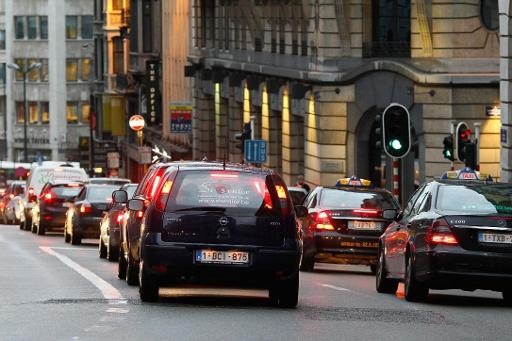Public transport vehicles incur an average time-loss of 25% due to traffic jams in Brussels, according to a study on the accessibility of poles of activity, conducted by Kevin Lebrun, doctor of geography at the Brussels Free University and researcher at the University of Saint-Louis. The analysis, published by Brussels Studies, is based on the observation that the time-loss problems are exacerbated by sustained demographic growth, which increases the demand for transport, and by commuting distances.
According to the study, there is room, in internal travel within Brussels, for more sustainable means of transport since cars are still being used for close to half of the distances travelled. This raises the issue of the performance of the public transport service in the city and the homogeneity of accessibility in the various parts of the region, at least towards many key destinations, which “would probably help residents change their behaviour sustainably”.
A reduction in the use of cars for travel in Brussels can only be envisaged by improving public transport travel times in various neighbourhoods in the outer ring but also in the inner one, the author notes. He also recommends that it is better to integrate the transport supply of the different public operators (STIB, De Lijn, SNCB), which generally need to be given more space.
Lebrun estimates that average travel time on the Brussels inter-communal transport company (Stib) to a panel of destinations comprising the main poles of activity at morning peak hours is just over half an hour. However, this average hides huge differences, with times ranging from 16 to 64 minutes depending on the point of departure.
Although this is not the case everywhere, extending the services of the National Railway Company of Belgium (SNCB), Wallonia’s public transport group, TEC, and the Flemish public transport company, De Lijn, in Brussels, would cause a spectacular improvement in certain parts of the capital region. These include Evere, Haren, sections of Schaerbeek, Berchem, Ganshoren, southern Ixelles, west Boitsfort, and, especially, southern Uccle, where the gains could be as much as 18 minutes.
The study also identifies less accessible areas. These include some parts of communes in the outer ring that are not serviced by the subway – north Anderlecht, Boitsfort and Uccle – as well as broad swathes of the inner ring, mainly in Schaerbeek and Ixelles.
The Brussels Times

